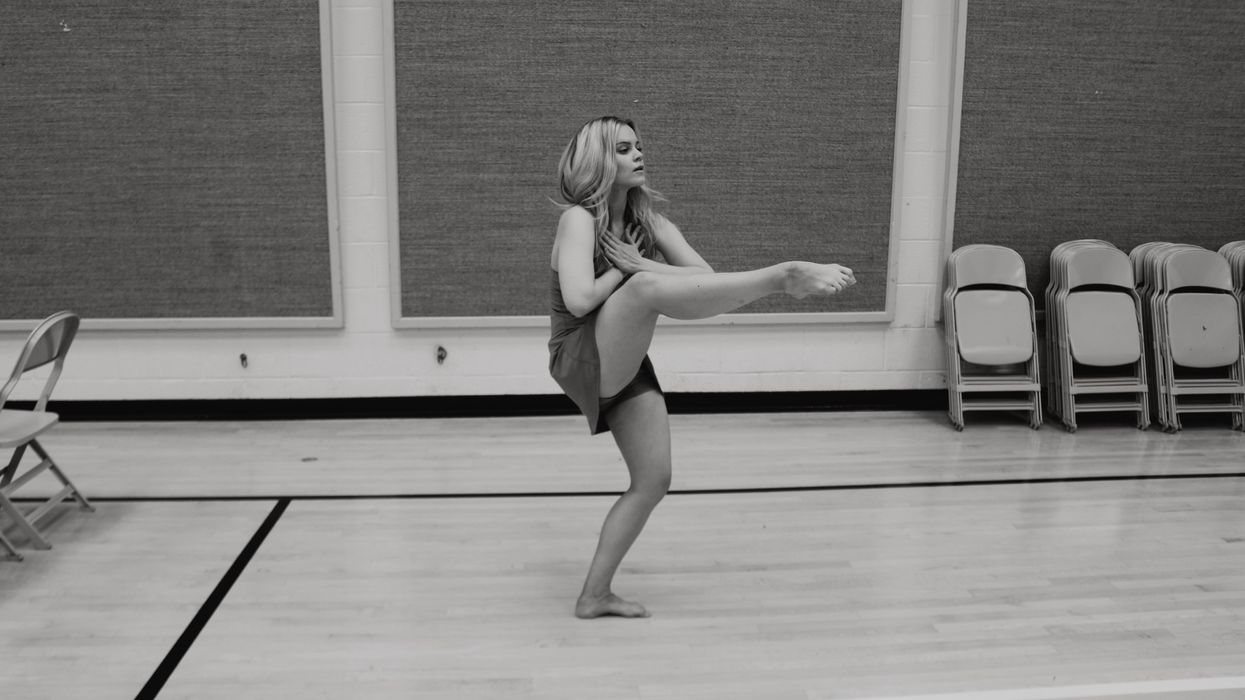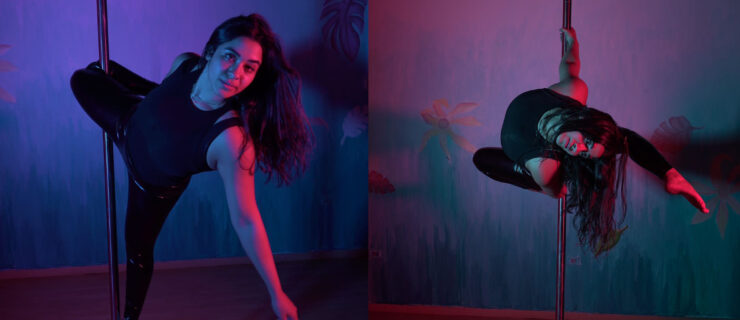Begin Again: Figuring Out How to Train on a Budget
At 18 years old, when illness dragged me kicking and screaming off of the stage and into my bed, I felt as though I’d lost myself entirely. The physical pain was stunning, sure, but it was the loss of dance, of what I saw as my identity, that I struggled to cope with.
Now, with nine years of life and my illness (mostly) behind me, I’m returning to dance with a whole new perspective—one that is centered on seeking out happiness.
When I find myself disappointed by slow technical progress, or anxious about my odds after nine years away, I ask myself, “But is it fun?” As ABT principal Devon Teuscher told me in a 2018 interview for Dance Teacher, “If it ever stops bringing me joy, I can always give it up and do something else. This job is too hard to do if you don’t love it.”
At 18 years old, when illness dragged me kicking and screaming off of the stage and into my bed, I felt as though I’d lost myself entirely. The physical pain was stunning, sure, but it was the loss of dance, of what I saw as my identity, that I struggled to cope with.
Now, with nine years of life and my illness (mostly) behind me, I’m returning to dance with a whole new perspective—one that is centered on seeking out happiness.
When I find myself disappointed by slow technical progress, or anxious about my odds after nine years away, I ask myself, “But is it fun?” As ABT principal Devon Teuscher told me in a 2018 interview for Dance Teacher, “If it ever stops bringing me joy, I can always give it up and do something else. This job is too hard to do if you don’t love it.”
In other words, I’m working to find joy in the journey.
But that can be a difficult thing to do when you can’t afford it. Over the past year, I have been disappointed to discover how high the financial barrier to entry has become for a professional dance career. Most of us don’t have angel investors offering to fund the training it takes to get stage-ready.
So, I’ve come up with some options for training without completely breaking the bank. Of course, everyone’s financial situation is different. This works for me and my budget; something different will likely work for you and yours.
First, in-person classes are expensive. (As of this writing, most in Manhattan hover around $25.) Six days a week of classes is a major burden (don’t even get me started on the cost of taking multiple per day!). Still, in my opinion, having a teacher in your immediate space observe and correct you is the best way to improve safely and quickly. Plus, you can’t beat the inspiration of watching a room full of passionate dancers doing their best.
I take in-person classes, but only as my finances allow. I reserve those hours for teachers who inspire me, uplift me and correct me, which is exactly what my personal go-to Steps on Broadway ballet teacher Nancy Bielski says to do. “Look for someone you trust, who really knows what they are doing, and who can set your body up to dance correctly,” she says. “That will really streamline the process and keep you safe.”
At the moment, I take two classes per week (three if I’m able to pick up extra work or save in other areas in my budget that week). I’m a bunhead at heart, and I feel my best if I’m prioritizing my classical technique, so I make sure at least one of my weekly in-person classes is ballet. I like to return to the same teacher each week (Bielski) so that she can track my process, and we can build a relationship that leads to more corrections and industry guidance.
Because I’m interested in musical theater opportunities, I like to have my second class fall in that realm. This is where things get tricky: Sticking to the same teacher each week can lead to more corrections and establish a strong relationship, but if you don’t branch out you close yourself off from other amazing choreographers and a broader industry network. My current solution has been to attend class with the same teacher for three to four weeks in a row before shifting to a different teacher for the following three to four weeks. (And I plan to cycle back through the list.) My current musical theater class is Josh Assor at Broadway Dance Center—he brings me joy, and challenges me musically. Next up is Billy Griffin.
A lot of the musical theater classes fill up quickly, so I try to register for them in advance when I can. That said, if I am feeling sick (my healing is not linear), I give myself the flexibility not to take in-person classes that week. If I’m having a hard day and need a class that fits super-naturally on my body or allows me to work through some hard emotions, I will change directions and sign up for a contemporary class. I want to make sure I can get the most out of every class I pay for.
On the days I can’t attend classes in person, I like to take virtual classes through CLI Studios and YouTube. (I used a hefty discount code to get a year’s worth of training from CLI, and it paid for itself within weeks.) Check out this Dance Magazine article to find other places to train online.
Although virtual classes are affordable, once you stack on the cost of a studio rental, you may as well just take regular, in-person classes. (The studio rental space closest to my home costs nearly $50 per hour.) To get around these high fees, I’ve sought out space in a religious community center that often goes unused during the day. The room doesn’t have mirrors or quality flooring, which is less than ideal. So, I got my hands on a vinyl marley roll and a glassless mirror from Harlequin Floors.

I also have a dear dance friend who works at a gym in the city and is allowed to bring friends in during off-hours. Class is always more fun with a friend, so don’t be afraid to ask others if they would like to join you for virtual class and split the cost of a studio rental fee, or have access to a free space of their own.
You might also consider seeing if a dance studio near you has a work-study program that will allow you to take classes at a discounted rate or use the space after hours. And don’t overlook dance jobs that offer company class or class reimbursements as a perk. Even if it’s a small gig, or not quite your style, sometimes the opportunity is worth the training benefits alone.
Since I’m interested in landing musical theater, film and television jobs, my training also includes acting and vocal training. For affordable voice training, I asked around to find a teacher, Rebecca Soelberg, who was both talented and within my budget for weekly voice lessons. I have also joined a semi-professional community choir, called Lux Mea, that rehearses for two hours every Thursday and has been a fun and affordable way to work on my voice.
For acting, I have taken advantage of some pre-COVID classes at The Freeman Studio I was registered for but hadn’t yet had the chance to cash in on. Classes are held every Friday for two and a half hours, and I always leave on a high.
I’m of the opinion that we could all benefit from saving a buck in this industry, but at the end of the day, finances are a deeply personal matter, and you need to find a strategy that works for you as you pursue your own joy. Consider giving some of these tips a try and then go comment what your personal money saving hacks are over on Dance Magazine‘s Instagram—we’re all in this together!
Check out my most recent vlog on Dance Magazine’s YouTube channel, where I take you through a week in my life of training.




